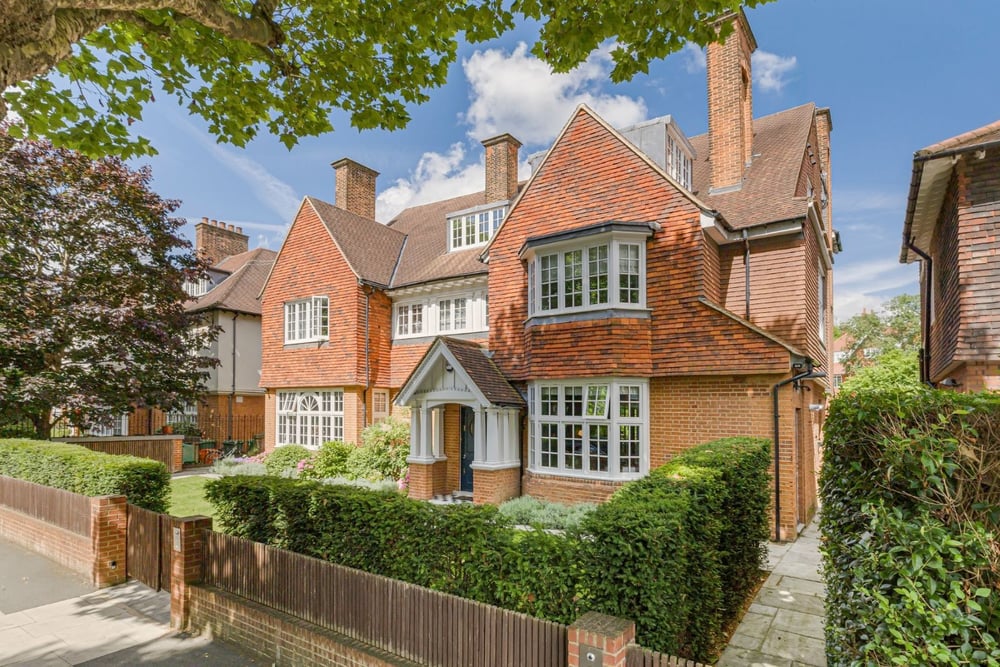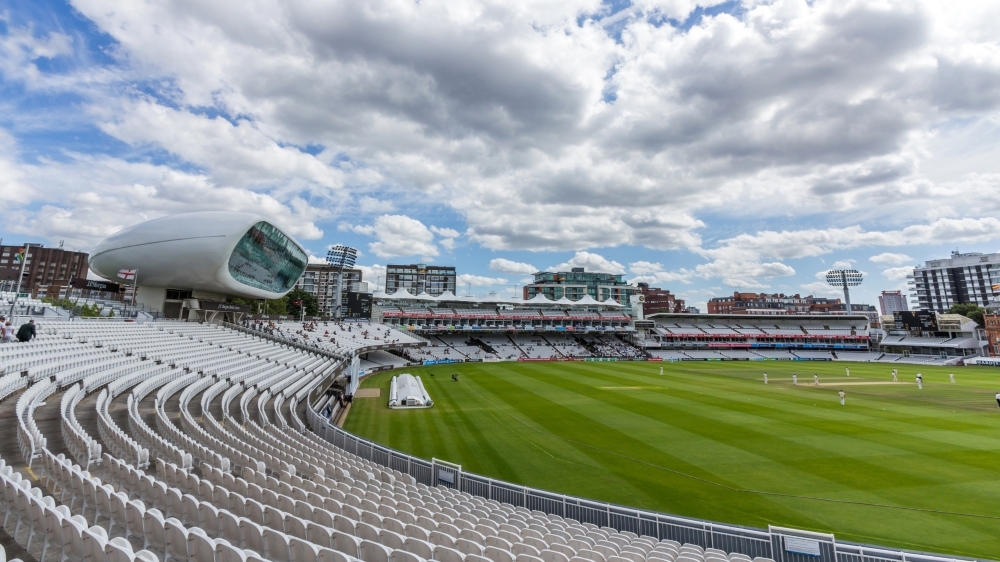What is a Share of the Freehold and How Does it Affect House Purchases?
When purchasing a leasehold property in England or Wales, the buyer is acquiring the right to occupy that property for a set number of years, but not buying the right to either own the building or the land it stands on outright (purchasing the freehold). Buying a share of the freehold is a hybrid ownership structure where leaseholders collectively control the building itself. While this arrangement remains technically a leasehold agreement, it often brings increased autonomy and stronger decision-making rights for the buyer, especially when compared to standard leasehold ownership.
The term “share of the freehold” can describe one of two specific ownership scenarios. Either the buyer is being granted a share in a limited company which owns the freehold title, or they are being listed directly as a joint freeholder alongside the other co-owners at that property or building. In both events, the result is similar. Each flat owner holds a long lease, usually extended to 999 years, and an equal stake in the freehold interest, allowing them to participate in decisions relating to the management, upkeep, and future direction of the building, but without complete autonomy.

How Does A Share of the Freehold Work?
A share of the freehold often comes into play in low-rise conversions and small mansion blocks, typically those without the need for large-scale facilities management, particularly in older, listed buildings. In the case of a Victorian townhouse converted into three or four flats, it is common for all residents to come together either on purchase or through a collective enfranchisement process under the Leasehold Reform Housing and Urban Development Act 1993, to make decisions and contribute to the upkeep and repair of the entire building, not just their individual properties.
If a company is set up to own the freehold by way of an SPV (Special Purpose Vehicle), each participating flat owner becomes either a shareholder or member. This company is usually listed at Companies House and will have directors, annual filing obligations and articles of association outlining how decisions are made. On the other hand, where owners hold the freehold title directly as tenants in common, the legal implications become more complex, particularly in the event of a sale, dispute, or death of one of the owners. In either case, buyers must still understand they are acquiring a leasehold interest in the flat, albeit one that is now under their control, but does not give them free rein to make any changes to the property as they wish.
For example, in the event the owner of the property wishes to make changes to the interiors of the flat, say remodelling a kitchen or bathroom, with a share of the freehold, they do not need to seek permission from other shareholders, unlike if they were in a typical leasehold agreement. However, for making any alterations to the floor plan of the property, such as knocking through walls, modifying a terrace, garden, or common areas, this would require the consent of other freeholders. Not every agreement is the same, and indeed, some come with special covenants that can be quite obstructive, but the majority of these arrangements ensure provisions for property owners to make some changes more easily than others.
Advantages Over Leasehold Ownership
The primary appeal of a share of the freehold is control. Leaseholders who jointly own the freehold are no longer at the mercy of an external landlord or property management company when it comes to maintenance, remodelling rooms, or making improvements to the building. They can determine service charge levels, agree on major works, select their contractors, and, in many cases, grant themselves lease extensions at minimal or no cost.
This can have a transformative effect on both the appeal and value of a property. Many older flats with leases below 90 years see their market value gradually diminish, and mortgage lenders often impose tighter restrictions when lending on properties with less time remaining on the lease, making it impossible for first-time buyers to purchase such properties at all. With a share of the freehold, owners can pre-emptively extend their leases to 999 years, removing this issue entirely. Additionally, such arrangements tend to foster a greater sense of stewardship and cooperation among residents, particularly in period properties that require regular attention to roofs, staircases, or external works that are high in cost and labour-intensive.
Selling a Flat with a Share of Freehold
When selling a property with a share of the freehold, the process typically involves transferring both the leasehold title and the associated share in the freehold company (or legal share in the freehold title) to the incoming buyer. This often requires approval by the other shareholders in the building, and in some cases, the freehold company will need to update shareholder records or pass a board resolution for the sale to go through.
Solicitors will also examine whether the lease has already been extended to 999 years or if this is something the incoming buyer must apply for themselves to complete the sale. It’s not uncommon for sellers to extend their lease just before marketing the property to increase its market appeal. Conversely, a buyer may wish to negotiate the lease extension as part of the purchase price, especially if the share of the freehold ensures they will not incur the usual premium, and if the time remaining on the lease is shorter than 90 years.
The Risks of Share of Freehold Ownership
For all its strengths, a share of the freehold is not ideal in every scenario. Decision-making between residents can be slow or even combative, causing maintenance obligations to fall behind when residents fail to agree on contributions to an annual pot. In such cases, a well-run external freeholder or professional property manager may deliver a more reliable level of service, and some residences do opt to minimise disputes, but this does incur significant additional costs. Prospective buyers should be wary of informal arrangements between shareholders. It is essential to check the title deed, confirm who owns the freehold, and verify how it is being managed, particularly before exchanging contracts.
From a lending perspective, most mortgage providers will accept a share of a freehold arrangement purchase, provided the lease length is acceptable and the company structure is clear. However, where direct freehold ownership is involved without a company wrapper, some lenders may view it as more problematic due to potential conveyancing complications. Lease agreements that are running out are a red flag to most lenders, and in special cases, even seasoned buyers could be refused a mortgage on a particularly risky property with little time left on the lease.
Ultimately, a share of the freehold is never a bad thing in itself, and in many cases, represents a chance of good ownership with collective responsibility, unlike purchasing in a new building run by a building management company. However, it is up to buyers to assess the risks of purchasing an individual property and choose carefully where and who they end up buying with.



